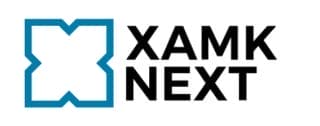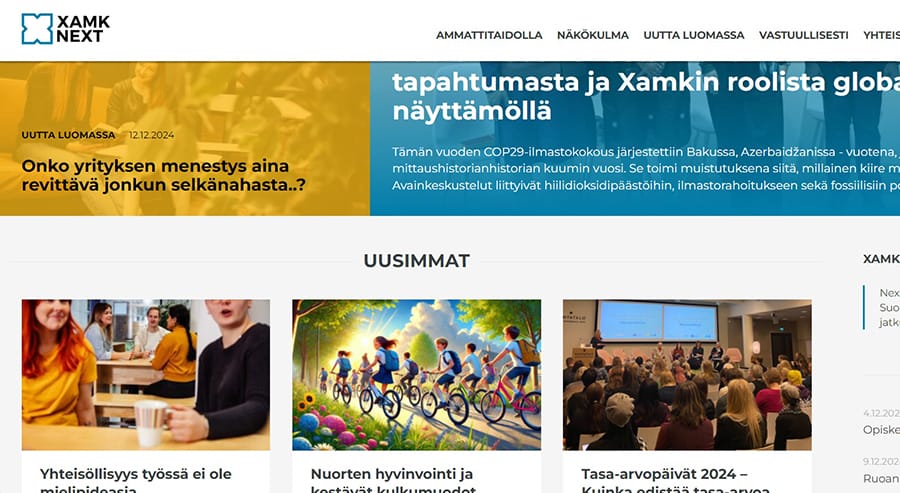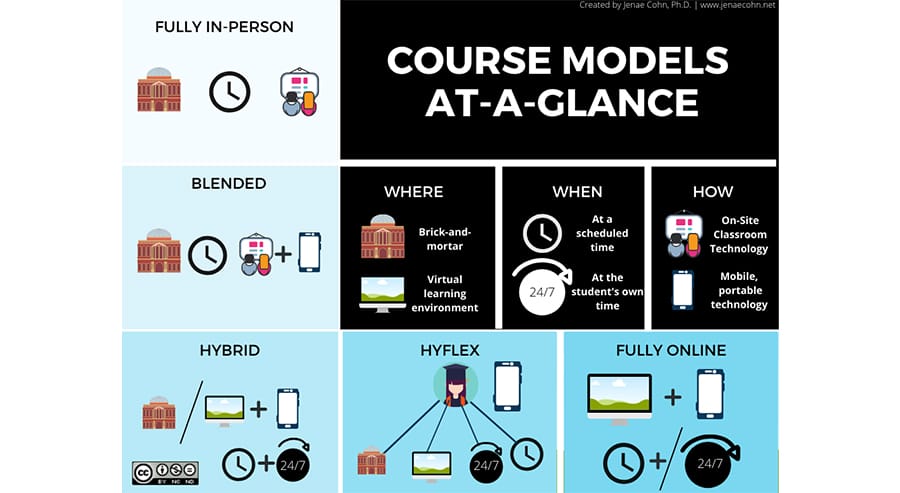HyFlex – threat or opportunity? – Getting ready to teach in autumn 2021
As an eternal optimist, I hope we´ll be back to the classrooms in the autumn, but I am also a realist to know, that it is not going to be possible for every international student to travel to Finland, even if we get the pandemic under control with vaccinations speeding up.
Many foreign students cannot currently travel to the Finnish embassies for visa applications; thus, we know for a fact that we need to offer them studies online.
This means that I might have to teach students in the classroom and online simultaneously.
Teaching in person and online simultaneously: mission impossible
After having taught online only last spring, in the autumn I started out with contact teaching, however, was quickly forced by the worsening virus situation to pivot. I faced the same challenge that many educators have been facing during this pandemic: teaching students simultaneously in person and online and thus doing “double duty”.
This “hybrid” model proved to be a mission impossible due to several reasons: Besides all sorts of recurring technical challenges, I had to constantly split my attention between Teams and the actual classroom, which resulted in both groups feeling somewhat neglected and me ending up feeling utterly inadequate and exhausted after each session.
I realized that the needs of learners in person and online are inherently different and require a different approach. I understood that unless a course is planned to be taught as “hybrid”, it tends to result in a lower quality experience for both students in-person and online.
Hyflex – a new teaching genre
I have by now come to the realization that no matter how much I miss my students and classrooms, I must come around the idea that remote learning will be our new normal. This made me investigate my unsatisfactory hybrid experience from last autumn further.
I learned that what I was struggling with is a new teaching genre called Hyflex.
This hybrid-flexible approach was first created by a professor of technologies at San Francisco State University, Brian Beatty. Courses taught by Hyflex method provide a more flexible learning experience to students by allowing them to decide whether they are on-site or online on a daily or weekly basis.
Students can decide for themselves which path is the “best” for them. As such, Hyflex courses practically braid classroom teaching and (a)synchronous online teaching together.
Hyflex courses are hard to build and even harder to teach
Every teacher knows that designing effective online courses is hard work and differs significantly from in-person teaching. HyFlex courses are even harder to build because the online strand is further divided into synchronous and asynchronous paths.
Especially challenging is to create rich interactive learning experiences for students participating online, whether synchronously or asynchronously. Even if a course is specifically designed to be taught Hyflex, there is the risk of online students feeling like second-class citizens and spectators only.
The key: student engagement
If this pandemic taught us anything, then it is how difficult it is to activate students when teaching online. Especially during Teams sessions in synchronous online teaching, students who do not switch their cameras on often appear passive and disengaged. During the past year, I felt often as if I am broadcasting in radio and get no reaction from my audience.
It is a well-known fact that learning improves when students are engaged, interested, or inspired and learning tends to suffer when students are bored, dispassionate, disaffected, or otherwise disengaged. Engaging students is thus of key importance and as such one of the biggest challenges of Hyflex.
When I have students in the classroom wearing masks, remote online participants through Teams (cameras turned off) in addition to students following the asynchronous path, how can I tell they are following along, participating, actively listening, and understanding?
This takes me to another important prerequisite of Hyflex: specially designed classrooms equipped with advanced technology can enhance student engagement a great deal. I envision a classroom setup that includes in addition to multiple tracking cameras and microphones also monitors around the edges of the classroom space.
Having the online students´ pictures appearing on immersive screens would make them part of the classroom and prevent them from taking a passive role. Allow me to dream even bigger: having someone assisting the lecturer in the classroom would help to overcome the difficulty of juggling both the in-class and live online students. It could be a third-year student, who is assisting the instructor by incorporating questions and feedback from remote learners in real time.
Why Hyflex?
I am currently self-learning to update my Learn platforms to serve both on-campus instruction and online-flexibility goals. I reckon that HyFlex courses, out of all the alternatives, could be definitely the most ´pivot-able´ in these uncertain times.
However, to do it well, many things need to line up, including technology, careful thought, and intentional course design, focus on pedagogy and engagement of the students. As the recent pandemic might still stretch out for years, Hyflex could be a viable teaching/course model in case classroom teaching is not an option.




